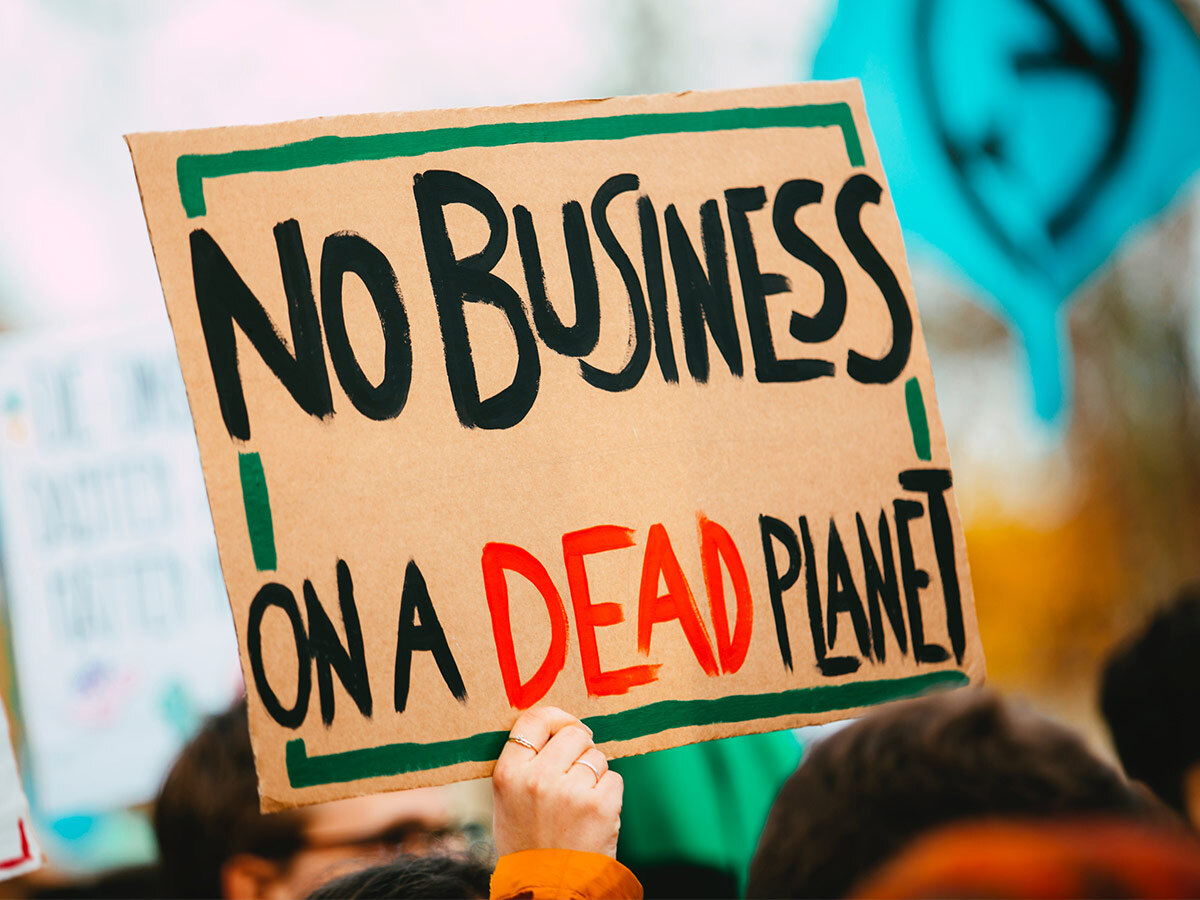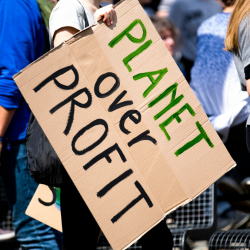I believe the climate crisis represents an opportunity for media agencies to transform how they operate and the value they provide to clients.
In August 2021, the Intergovernmental Panel on Climate Change (IPCC) published their Working Group I report, Climate Change 2021: the Physical Science Basis, which demonstrated that human activity is changing the climate in unprecedented and sometimes irreversible ways, representing a code red for humanity.
Things need to change. And the changes need to be BIG and FAST.
Havas’s recent Meaningful Brands study showed that 73% of people think brands “must act now for the good of society and the planet”. Programmes like the Advertising Association’s Ad Net Zero are a fantastic start, but we need to do more – and not just for the good of the planet or to help our clients serve the needs of their customers. We also need to defend and nurture our own prosperity, which has been under threat for the last decade and longer.
Excessive short-termism. Adtech myopia. Audience planning at the expense of outcomes. Frequency mismanagement. Lack of transparency. And reduced services through in-housing and the competitive threat of the consultancies. The challenges facing media agencies have been well-documented and keenly experienced.
Winston Churchill knew a thing or two about challenges and he believed that there are two types of human beings. “A pessimist sees the difficulty in every opportunity; an optimist sees the opportunity in every difficulty.” I choose to be an optimist and believe that opportunities abound from the challenges facing agencies. The climate crisis brings possibility for those prepared to lean into change.
The long and the short
The IPA has published compelling evidence for and arguments against excessive short-termism in marketing. The climate crisis presents us with a near perfect opportunity to blend short-term action with a long-term view. Far from the usual debate about the merits of one approach over another, the crisis mandates the need for a blend.
The power of creativity
The UK government is aiming for a 78% reduction in emissions by 2035. They expect 18% of this reduction to come from behaviour change. To support this, we need to help people bridge the highly prevalent intention-behaviour gap. Rather than adtech myopia, a critical skill here is creative storytelling.
As Morag Watson, Director of Policy, Scottish Renewables, said: “Narrative leadership is the practice of using stories as a powerful means of building relationships and bringing groups together to bring about change.”
The importance of attention
For too long, ever-increasing investment into digital media has been governed by audience planning, with reach artificially bereft of context, and managed by ad servers, which lack the human intelligence to register that an ad served is not necessarily an ad seen.
Viewability tries to solve this but the real gamechanger is attention. Karen Nelson-Field has shown that attention is critical both to short-term action and long-term memory, which makes attention a crucial lever in behaviour change. It is easier to change people’s behaviour when issues or solutions are brought their attention.
Managing frequency
Frequency mismanagement has long been an issue for advertisers and their media agencies. So much so that Keith Weed made “best practice to address excessive frequency and retargeting” one of five documented schemes to arrest the decline in public trust in advertising while president of the Advertising Association.
Frequency management is also vital for the curbing of emissions from media planning and buying, as impressions are an important variable in the IPA Media Carbon Calculator.
Richard Kirk, Chief Strategy Officer at Zenith Media, said, “To make meaningful, rapid progress on advertising emissions we should focus on making media leaner, not just making it greener.”
Creating supply chain transparency
Media transparency is a major issue for advertisers and one for which agencies should be held accountable. Creating a more transparent supply chain to understand the flow of money is important in and of itself, but it is essential when measuring carbon emissions created through the chain.
As Donald Moore, Chair of B Corp school wear supplier One+All, said, “Environmentally sustainable supply chain management and practices reduce carbon footprints, conserve resources, and demonstrate social responsibility.”
Thinking bigger
The rise of in-housing and the parallel threat of consultancies risk leaving agencies fighting to retain their bread-and-butter business. In Churchill’s spirit, I think we should think bigger.
59% of the government’s target reduction in emissions is due to come from uptake of new products and services. Why shouldn’t product and service development be a standard part of a media agency’s offering? Products and services can send powerful implicit and explicit signals about that company to drive the changes we need to see.
Everything communicates and therefore everything is media.
It might seem easiest to hunker down and simply try to defend our position in the face of such enormous systemic challenges. However, I believe media agencies will best serve themselves and the industry by doing the opposite — leaning into the climate crisis and treating it as an opportunity for transformation.
Featured image: Marcus Spiske / Unsplash
































